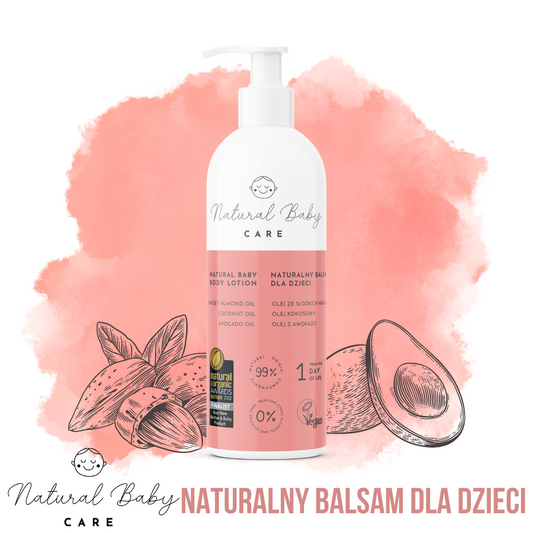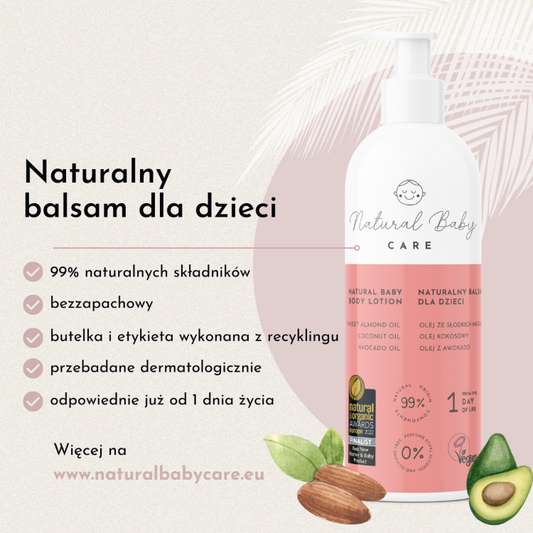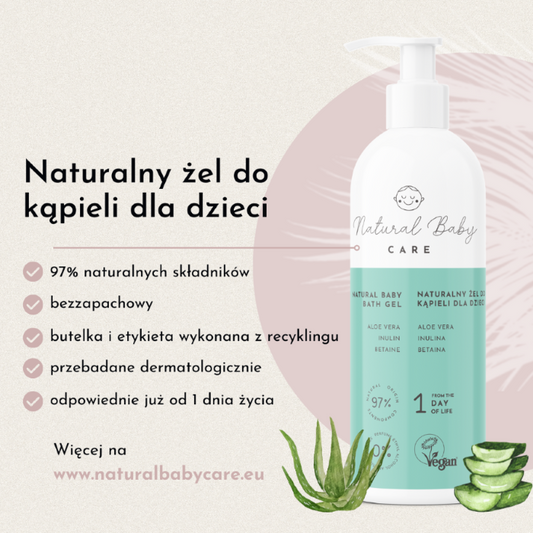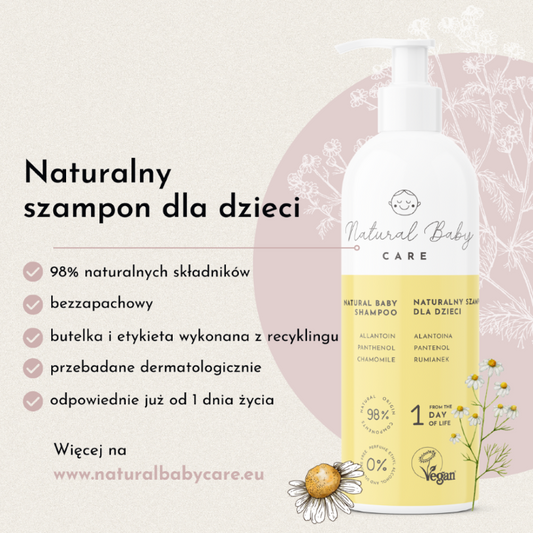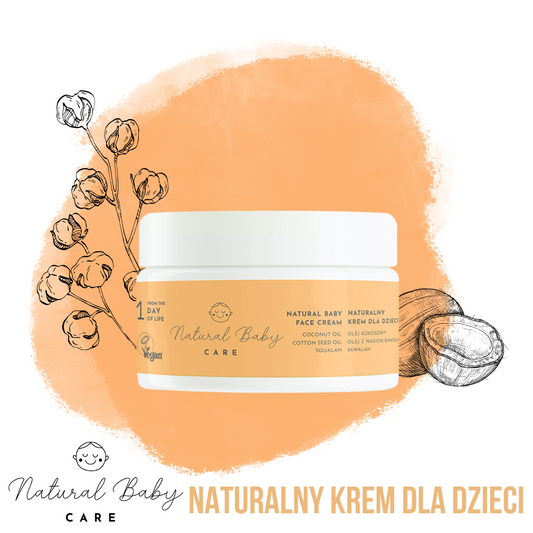Home > Knowledge Zone > Blog > Summer walk with a baby

Summer walk with a baby
Author : Natural Baby Care Team
Publication date: July 7, 2025
Reading time: 5 minutes
Summer walks are a great way to support your baby's development, provide oxygen, and build bonds with their parents. However, high temperatures, UV rays, and insects require proper preparation. In this article, you'll learn how to plan summer walks with your baby to ensure they are safe, comfortable, and full of joy.
Check out cosmetics for your baby's delicate skin
Ensure your stroller is properly protected – avoid covering it with a cloth diaper, which restricts air circulation and can lead to overheating. Instead, use special sunshades with UV protection or a stroller umbrella. In areas with a high insect population (e.g., near water), a mosquito net will be useful. If your baby is over 6 months old, you can use a safe repellent – preferably natural and certified for children.
Did you know that...?
Collapsible content
O której godzinie najlepiej wychodzić na spacer z niemowlakiem latem?
Jak ubrać niemowlę na spacer w upalny dzień?
Czy moskitiera na wózek to konieczność?
Czy można używać preparatów przeciw komarom u niemowląt?
Jak rozpoznać, że dziecko jest przegrzane podczas spaceru?




